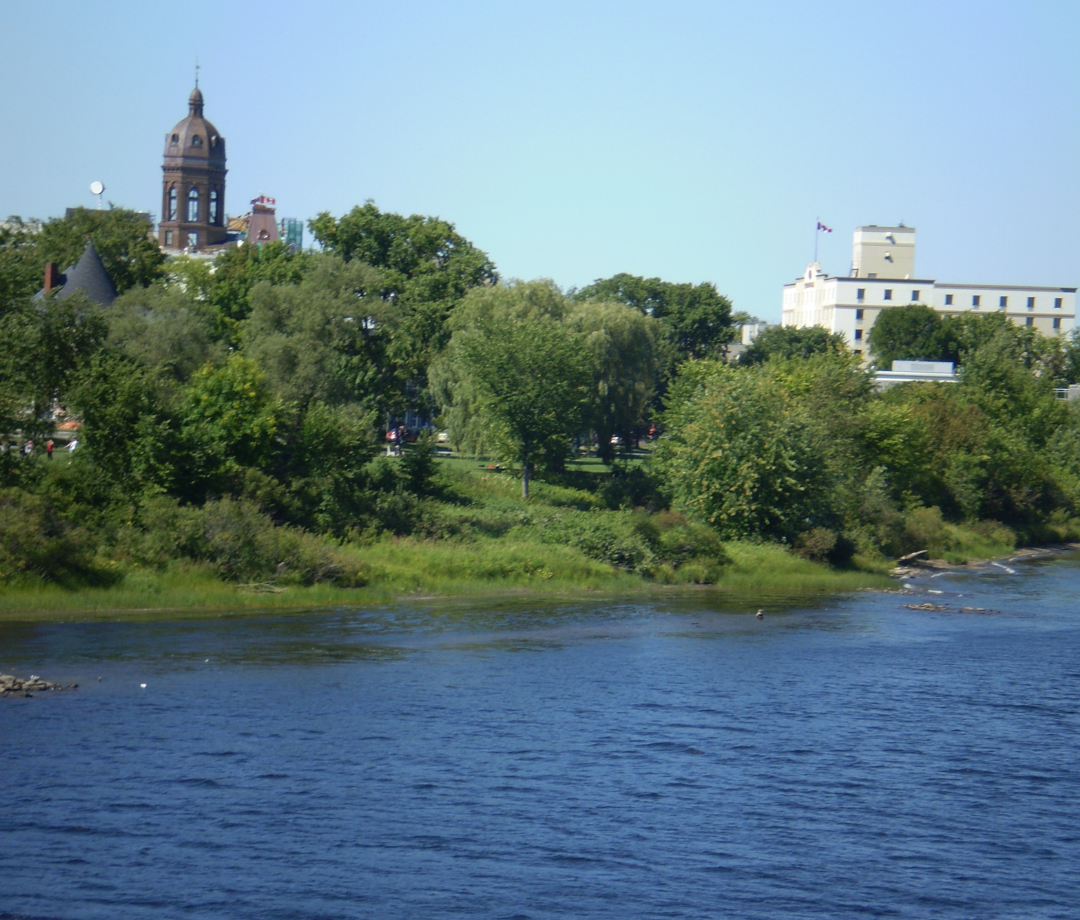What Is A Dry Climate?
A dry climate is one of the five types of climate on Earth, according to the Koppen Climate Classification. Unlike the others, this one is defined by its level of precipitation, while the others are all defined by their temperature. Tropical (A) refers to any climate where every month has an average temperature of 18 °C (64°F) or higher in an average year. Temperate (C) and continental (D) climates both have at least one month with an average temperature of at least 10°C (50°F) or higher, and at least one month with an average temperature of 18°C (64°F) or lower. The difference between the two is that continental climates have at least one month with an average temperature of 0 °C (32°F) or lower, whereas temperate climates do not. Polar (E) has no month with an average temperature of 10 °C (50°F) or more.
A dry climate is given to any place that doesn’t meet the qualifications for a polar climate, and also has precipitation that doesn’t reach a certain threshold. To find this threshold, you take the average temperature in Celsius and then multiply it by 20. Then you add in a modifier. If 70% or more of the annual precipitation falls in the summer (April – September), the modifier is 280. If 30% to 70% of annual precipitation happens in summer, the modifier is 140. If less than 30% of the annual precipitation happens in summer, the modifier is 0. If the amount of precipitation in mm is less than the modifier plus the temperature in °C multiplied by 20, the climate is considered dry.
What Are The Subcategories Of A Dry Climate?
There are four categories of dry climate. They are hot desert (BWh), cold desert (BHk), hot semi-arid (BSh), and cold semi-arid (BSk). Any climate that reaches less than 50% of the threshold mentioned earlier is seen as a desert, while more than 50%, but less than 100% is what is called a semi-arid climate. The difference between a hot climate and a cold one in this instance is determined by whether the place’s average temperature is above 18 °C (64°F).
What Is A Hot Desert Climate?
A hot desert climate (BWh) is one where the amount of precipitation reaches less than 50% of the threshold. As mentioned earlier, the threshold in millimetres is 20 times the average temperature in Celsius, with a certain number added to that result. That number is 280 if over 70% of precipitation happens in summer, 0 if less than 30% of precipitation happens in summer, and 140 if neither of these scenarios is true. A hot desert also has an average temperature of above 18 °C (64°F). The most well-known places with a hot desert climate are the Sahara Desert, much of Australia and large portions of the Middle East, although there are also smaller parts found in other parts of the world.
What Is A Cold Desert Climate?
Similar to a hot desert, a cold desert is a place where the precipitation in millimetres doesn’t reach 50% of (temperature in °C)*20 + X, where X can be 280, 140, or 0 depending on when the precipitation is received. However, what separates it from a hot desert is, as you would likely expect, temperature. If the average temperature is below 18 °C (64°F), it is a cold desert. Some places in the middle of Asia, including China, are cold deserts. Parts of South Africa and the east coast of Eastern South America are also in this category.
What Is A Hot Semi-Arid Climate?
A hot semi-arid climate has the same temperature requirements as a hot desert (annual average temperature of 18 °C (64°F), but gets more precipitation, although still less than any climate that isn’t dry or polar. The amount of precipitation would fall in the range of 50%-99% of [(Average annual temperature in Celsius*20) + X], where X equals 280, 140, or 0 depending on the time of year when the precipitation occurs, with higher numbers being used for precipitation during warmer months. Places that border warm deserts are usually graded as such, with Africa and Australia having a solid amount of this type of climate, with scattered portions in the Middle East, India and South America.
What Is A Cold Semi-Arid Climate?
A cold semi-arid climate has the same precipitation threshold as a hot semi-arid climate, 50%-99% of [(Average annual temperature in Celsius X 20) + X], where X is 280, 140 or 0 depending on when most precipitation falls. However, it happens in places where the annual average temperature doesn’t reach 18 °C (64°F). The western United States, as well as parts of Asia, mostly China, Mongolia and Kazakhstan, have this type of climate, although it can be found on any continent.
Does Any Part Of Canada Have A Dry Climate?
Although uncommon in Canada, there are a few places in Alberta that have a dry climate. Kamloops, Medicine Hat and Lethbridge are all considered dry climates. They all fall into the BSk (cold, semi-arid climate) category.
Where Else Is There A Dry Climate?
There are plenty of places in the world that have a dry climate. Some of the largest cities like this are below:
BWh: Abu Dhabi (United Arab Emirates), Aden (Yemen), Ahvaz (Iran), Baghdad (Iraq), Cairo (Egypt), Doha (Qatar), Dubai (United Arab Emirates), El Paso (Texas), Hermosillo (Mexico), Jeddah (Saudi Arabia), Jodhpur (India), Karachi (Pakistan), Khartoum (Sudan), Kuwait City (Kuwait), Las Vegas (Nevada), Lima (Peru), Mecca (Saudi Arabia), Nouakchott (Mauritania), Phoenix (Arizona), Riyadh (Saudi Arabia), Trujillo (Peru)
BWk: Ashgabat (Turkmenistan), Damascus (Syria), Isfahan (Iran), Sanaa (Yemen), Yinchuan (China)
BSh: Accra (Ghana), Ahmedabad (India), Aguascalientes (Mexico), Aleppo (Syria), Alexandria (Egypt), Barquisimeto (Venezuela), Coimbatore (India), Dakar (Senegal), Honolulu, (Hawaii), Los Angeles (California), Luanda (Angola), Maroua (Cameroon), Mogadishu (Mongolia), Monterrey (Mexico), Mosul (Iraq), (Ouagadougou), Bakina Fasso), Peshawar (Pakistan), Shiraz (Iran)
BSk: Amman (Jordan), Ankara (Turkey), Asmara (Eritrea), Denver (Colorado), Lanzhou (China), Madrid (Spain), Mashhad (Iran), Santiago (Chile)



